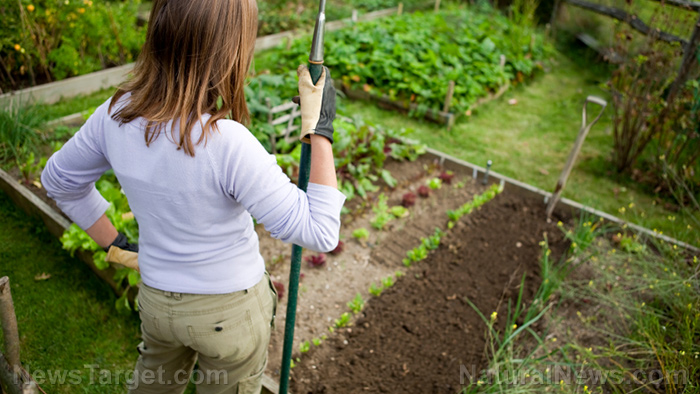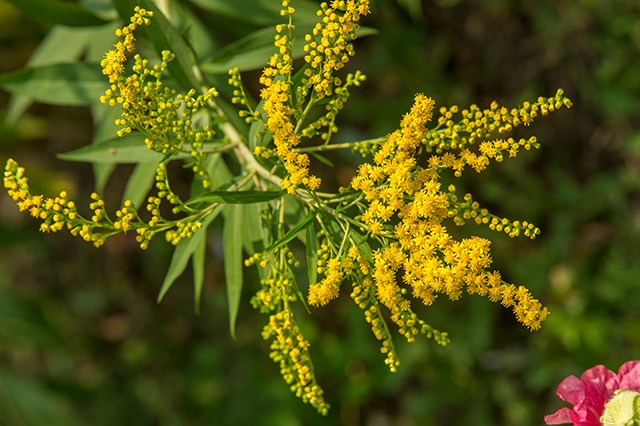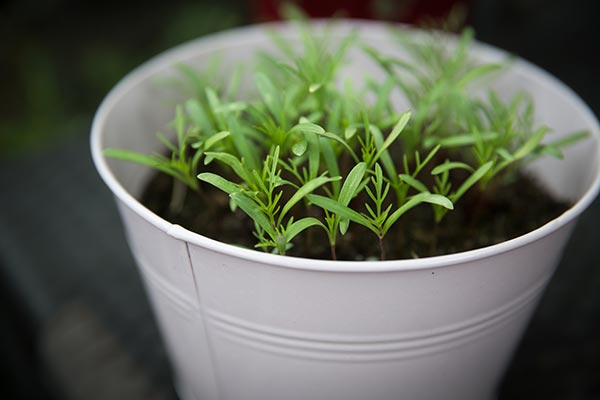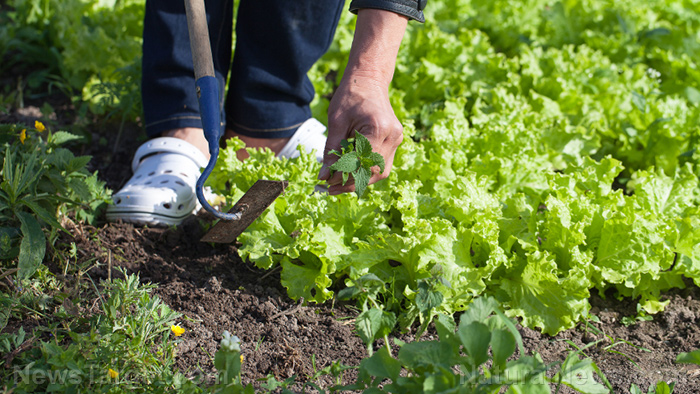Home gardening tips for preppers: Get rid of squash beetles with this item from your pantry
05/14/2020 / By Zoey Sky

Home gardening is a beneficial hobby, but if you want to protect your plants naturally, you need to learn some gardening hacks. For instance, if your garden is infested with squash beetles, you can use self-rising flour to get rid of the pesky bugs. (h/t to BeansBulletsBandagesAndYou.com)
What are squash beetles?
Squash beetles, also called squash bugs, cause a lot of damage to your plants.
These pests will target squash plants, but they also destroy pumpkins, winter squash and zucchini. Additionally, squash beetles may destroy also other crops in the Cucurbitaceae family (gourds), such as cantaloupe, cucumbers and watermelon.
While squash bugs are often mistaken for stink bugs because they look similar and both have a foul odor when squashed, the latter is wider and rounder than squash bugs.
A squash beetle is over half an inch long and it has a brownish or gray body and a flat back. The edges and undersides of the abdomen have orange stripes. Squash beetles can fly, but you will see them walking around on your crops.
Young squash bugs, or squash bug nymphs, are gray with black legs. They move fast and can be found in groups on the undersides of leaves.
Squash bugs overwinter in dead leaves and vines in your garden. These pests will fly to garden plants to mate when vines start forming, and they lay egg masses on the undersides of the leaves. Check for adult squash beetles under damaged leaves and near the plant crown.
Squash beetle damage
Squash beetles inject a toxin into the plant, then they suck the sap out of it with sharp mouthparts. This results in yellow spots that eventually turn brown.
Plant leaves wilt as the damage prevents the flow of nutrients to the leaves. Then, they will dry up and turn black, crisp and brittle. Your plant’s leaves will sometimes have ragged holes.
Squash beetles can kill smaller plants and squash bug feeding can wipe out young fruit. The wilting may resemble bacterial wilt, a disease spread by cucumber beetles. Always look for bugs or eggs and identify them correctly before using self-rising flour or other methods intended for squash beetles. (Related: Marigolds possess a natural repellent against devastating pests.)
Self-rising flour to the rescue
Self-rising flour is a natural alternative to pesticides with harmful chemicals. Gardeners swear by self-rising flour since it is believed that squash beetles will attempt to eat the flour. The yeasts in the flour, which is the self-rising part, will then get moist in the pest’s gut and expand.
To use this trick, fill a small container like an old Parmesan cheese shaker bottle with the self-rising flour. Shake the flour over the main stems of all the squashes, which are the pest’s favorite spot. It’s also safe to sprinkle a bit of flour over the leaves.
Check your squashes regularly. There should be fewer egg patches. Re-flour every other day and keep checking.
After several weeks, you’ll notice an improvement in your crops.
Another reason to add self-rising flour to your stockpile
Self-rising flour is a useful prep, at least depending on the time scale and the nature of your pest problem. It is effective as a pesticide or an ingredient for breadmaking since it contains dormant yeast.
Note that yeast doesn’t last forever. Keep it refrigerated, but this will only make the flour last for about a year or two.
Self-rising flour is also affordable and readily available. Use this natural squash beetle repellent to keep your home garden bug-free and chemical-free.
Sources include:
BeansBulletsBandagesAndYou.com
Tagged Under: gardening, green living, home gardening, homesteading, natural insecticide, natural pest repellent, off grid, plant health, prepping, self-rising flour, squash beetles, survival, urban gardening, urban prepping
RECENT NEWS & ARTICLES
Homesteading.News is a fact-based public education website published by Homesteading News Features, LLC.
All content copyright © 2018 by Homesteading News Features, LLC.
Contact Us with Tips or Corrections
All trademarks, registered trademarks and servicemarks mentioned on this site are the property of their respective owners.


















